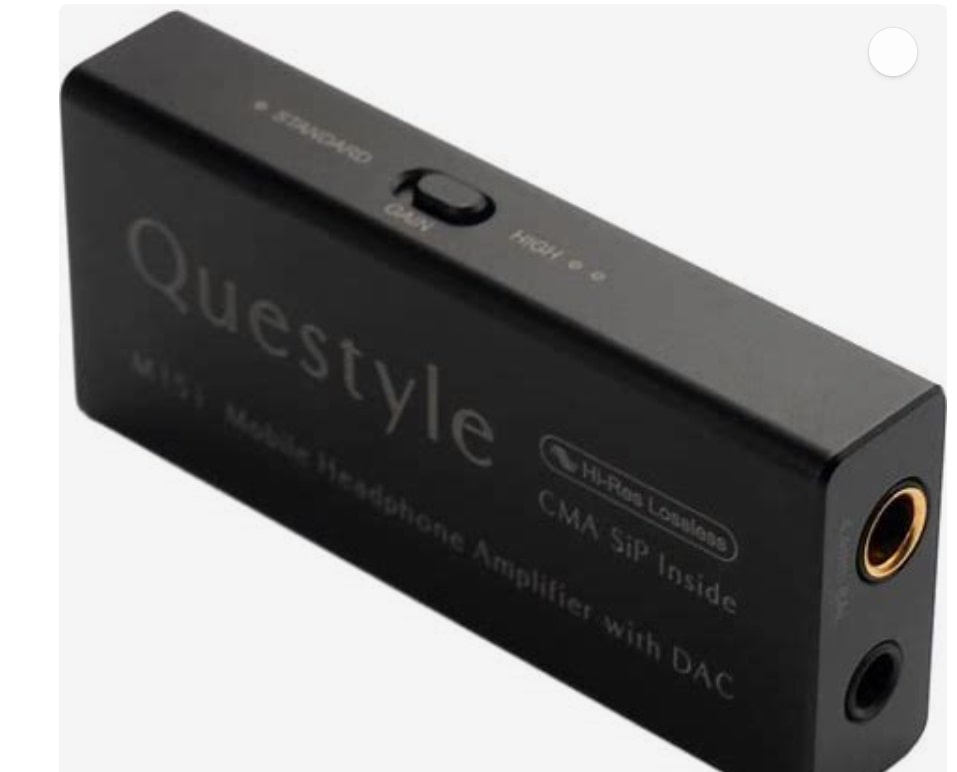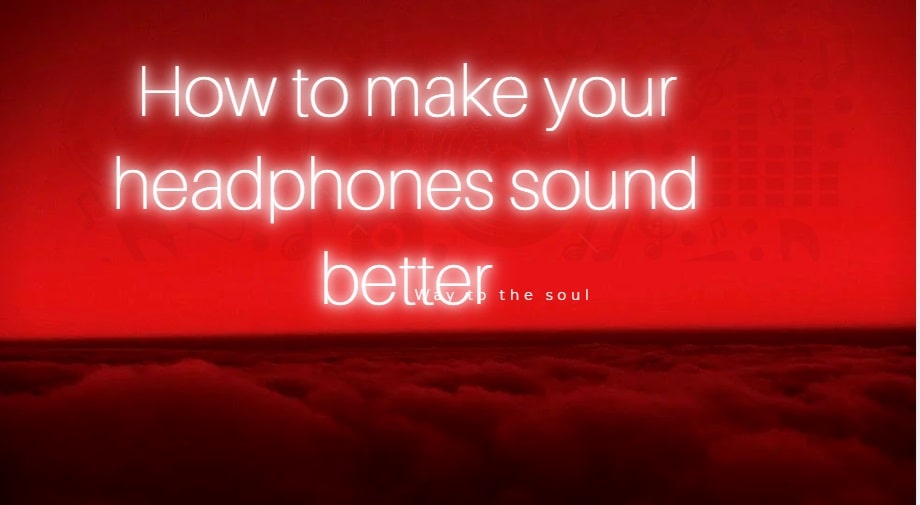Have you invested in a pair of headphones? Although they are relatively new, you are not experiencing the desired audio quality. Right? This problem may turn up even if you have chosen high-end headphones and earbuds. So, how will you solve the issue without replacing your headsets? Find a few simple hacks on how to make your headphones sound better.
The Best Way To Improve Your Headphone Sound
We have provided the easiest ways that help you optimize your headphone sound. You will learn how to make your headphones sound better.
Choose Alternative Headphone Connections and Cables
Sometimes, headphone sound issues get solved if you use different cables. Headphones with higher impedance work better with premium-quality audio devices for optimal performance.
So, you may buy a third-party cable to solve the problem. Original oxygen-free copper cables are intended for a tighter sound and highly detailed treble. On the contrary, Silver-plated cables ensure a bit tighter bass. The best cables help you reduce cable noise.
Invest in DACs and Amplifiers

Image source- Ubuy India
Digital-to-analog converters and amplifiers improve audio quality in various ways. An amplifier amplifies the weaker sound signal from your PC or mobile. You will hear a tighter and clearer sound.
DACs allow for digital-to-analog signal conversion. But, low-quality DACs lead to background noise issues especially when you listen to the music at a higher volume. So, buy a high-quality external DAC to avoid the problem.
Choose the Right Bluetooth Codecs for Your Wireless Headsets
Bluetooth codecs separate the audio files into different packages, which are delivered from your smartphone (transmitting) to your headphones (receiving) device.
As Bluetooth has no large bandwidth, its codecs reduce some data for smooth playback while affecting audio quality.
The most efficient Bluetooth codecs are-
SBC- (328kbit/s)- Old standard compatible with most Bluetooth headphones.
AAC- (320kbit/s)- More efficient- Best for Apple devices
LC3- (392kbit/s)- A new standard
LDAC- (990kbit/s)- Premium-quality codec from Sony
However, there is bad news for Apple users because they cannot alter Bluetooth codecs. Apple gadgets are designed to work with AAC. Thus, you will not benefit from other codecs.
Implement a Sound Isolation Technique
Your music needs to be isolated from the external world to improve sound quality. For instance, you can use a good seal that stops sound leakage. A low-quality seal reduces sub-bass extension and bass quantity.
Sometimes, old earpads get stiffer and cannot seal your ears properly. It reduces bass performance, and you will hear outside noise. So, buy new earpads to avoid these problems.
Velour earpads may also be replaced with leather ones. The latter produces an airtight seal and improves the bass quantity.
Not all headsets come with sound isolation technology. Thus, to avoid loud noise, invest in noise-cancelling earbuds.
Select the Audio Format Carefully
Most digitally stored music has audio formats. Various techniques are used for data storage depending on audio formats. Some formats maintain original data, whereas others discard it to maintain a low file size. Check for the characteristics of various audio formats.
MP3- Compressed and lossy
OGG and WMA- Better than MP3 but lossy
FLAC, AIFF, and WAV- Compressed and lossless
Lossless audio formats are better than lossy ones. However, most music streaming platforms use AAC (lossy and compressed) formats. But, TIDAL chooses an MQA format that ensures studio-quality tracks.
Keep Your Headphones Clean

Image source- ccnull
Like other devices, your headphones need to be cleaned regularly to experience better audio quality. Dust hides inside electronic devices and causes damage. It actively affects functionality and performance. The bassline may be weak, or a conversation gets muffled because of the accumulated dirt. Some modern headphones allow them to be deeply clean. If you have disassembled the parts for cleaning, reassemble them tightly. Loose components rattle around and affect the sound. (Learn more about headphones maintenance tips).
Adjust EQ Settings
A minor EQ adjustment may result in a big difference. A slight equalization will improve your earbuds and headphones. While equalizing, you may tweak the sound and find a better output.
EQ options are different depending on whether they alter the audio settings.
Let us talk about various EQ options.
A companion app does not distort the audio but offers only a few adjustments. On the contrary, a downloadable equalizer app provides good customizability.
Why Are My Headphones So Quiet?
Although you have learned the tips on how to make your headphones sound better, detecting the root cause of audio issues is important. There are some potential reasons why your headphones are so quiet.
Audio file problems– If the audio file itself has issues, your headphones will be quiet. It happens if you have recorded the audio at a low volume. You may use a third-party app to boost the volume.
Headphone issues- Any minor or major hardware defects may lead to low-volume issues.
Hearing problems- Many people focus only on misconfigured audio settings. But, the major issue is in their ears. If one of your ears has a slightly different shape, it leads to an improper fit of earbuds.
Mismatched impedance- Headphones’ impedance details tell the amount of power needed to perform well at a reasonable volume. They are categorized into- Low (less than 32 ohms), medium (32-100 ohms), high, (100-600 ohms), and very high (more than 600 ohms). Low-impedance headphones need minimal power.
Conclusion
You have now learned how to make your headphones sound better. You need to choose high-quality audio source and optimize your headphone fit. Try out different equalizer settings and upgrade to better audio cables. But, the most important step is to identify why your headphones are so quiet.

